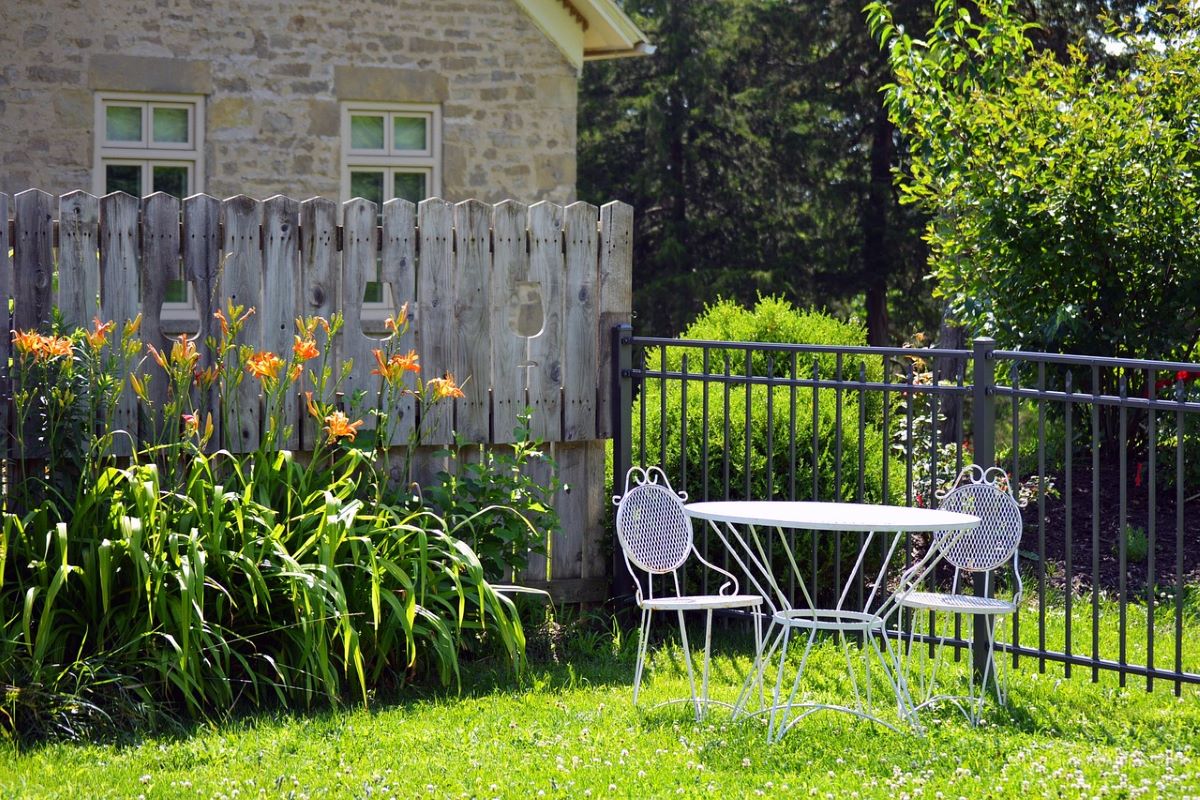Architecture, at its essence, is an expression of human creativity and ingenuity. It not only shapes the physical world we inhabit but also influences the way we interact with our environment. As our awareness of environmental issues deepens, the art of eco-friendly architecture has emerged as a pivotal force for positive change. Here, we will focus on the captivating realm of eco-friendly architecture, exploring its principles, innovations, and profound impact on our planet and communities.
The Foundation of Eco-Friendly Architecture
Eco-friendly architecture, often referred to as sustainable or green architecture, embodies a design philosophy rooted in the conscious reduction of a building’s negative ecological footprint while maximising its positive contributions to the environment and its occupants. It’s a holistic approach that considers various facets of construction, from site selection and building materials to energy efficiency and waste management.
Fundamental to eco-friendly architecture is the idea of integrating nature into the built environment. Architects strive to establish a seamless connection between buildings and their natural surroundings. Achieving this requires site-specific design, taking into account factors such as climate, topography, and existing vegetation.
Designing in Harmony with Nature

One way architects accomplish this harmony with nature is by incorporating elements like green roofs and walls. Green roofs, adorned with vegetation, offer insulation benefits, reduce energy consumption, and play a role in rainwater absorption and pollutant filtration. Green walls, or vertical gardens, enhance air quality and provide a visually pleasing link to nature.
Natural lighting and ventilation are also pivotal aspects of eco-friendly architecture. To minimise reliance on artificial lighting, architects utilise large windows, skylights, and open floor plans to maximise natural light. This not only conserves energy but also fosters healthier and more inviting living spaces. Natural ventilation systems, including operable windows and passive cooling techniques, help regulate indoor temperatures and reduce the need for energy-intensive air conditioning.
Sustainable Materials and Construction Practices
Another core principle of eco-friendly architecture is the meticulous selection of sustainable building materials. Architects opt for materials with lower environmental footprints, such as reclaimed wood, recycled steel, and low-VOC (volatile organic compound) paints. They aim to minimise waste during construction as well by reusing materials and recycling debris.
Recent years have seen a rise in interest in modular and prefabricated construction methods. These approaches not only reduce construction time and costs but also generate less waste and disruption to the site. They also enable more precise design and resource management.
Energy Efficiency and Renewable Energy
Energy efficiency stands as a central pillar of eco-friendly architecture. Buildings are designed to be highly insulated, reducing heat loss during the winter and heat gain in the summer. Advanced HVAC (heating, ventilation, and air conditioning) systems, such as geothermal and radiant heating, are used to minimise energy consumption. LED lighting and energy-efficient appliances further contribute to reduced electricity usage.
Many eco-friendly buildings incorporate renewable energy sources, like solar panels and wind turbines, to go a step further. These technologies generate clean energy on-site, reducing reliance on fossil fuels and diminishing greenhouse gas emissions. In some cases, perforated metal ceiling panels can also be employed to improve insulation and acoustic performance, while a mesh ceiling grid can help distribute light more efficiently, further enhancing energy efficiency.
Enhancing the Human Experience
Eco-friendly architecture isn’t solely about environmental considerations; it also revolves around enhancing the well-being of occupants. Sustainable buildings prioritise the comfort and health of their inhabitants. Features such as improved indoor air quality, noise reduction, and access to green spaces contribute to a superior quality of life.
Biophilic design, a concept gaining prominence in eco-friendly architecture, underscores the connection between humans and nature. It entails incorporating natural elements like water features, living walls, and natural materials into the design. Research suggests that these design elements can reduce stress, enhance concentration, and boost creativity.
The Global Impact
Eco-friendly architecture transcends individual structures; it holds the potential to have a global impact. As architects and developers increasingly embrace sustainable design principles, the construction industry as a whole becomes more environmentally aware. This shift toward eco-friendliness can significantly reduce the carbon footprint of the built environment, a significant contributor to global greenhouse gas emissions.
Challenges and Opportunities
While eco-friendly architecture has made significant progress, it still faces challenges. Cost is often cited as a hurdle, as sustainable materials and technologies can initially be more expensive. Nonetheless, many argue that the long-term benefits, such as lower operating costs and improved occupant well-being, outweigh the initial investment.
Regulatory barriers and a lack of awareness also pose challenges. However, governments and organisations are increasingly recognising the importance of sustainability, leading to the development of incentives and certification programs for green building practices.
In a nutshell, the art of eco-friendly architecture is a dynamic and evolving field that holds immense promise for a more sustainable future. It represents a fusion of human creativity, technological innovation, and environmental consciousness. As architects continue to push the boundaries of what is possible, our cities and communities can become more harmonious with the natural world, ultimately benefiting both the planet and its inhabitants. It serves as a testament to the profound capacity of design to shape a better, more environmentally friendly world for generations to come.






